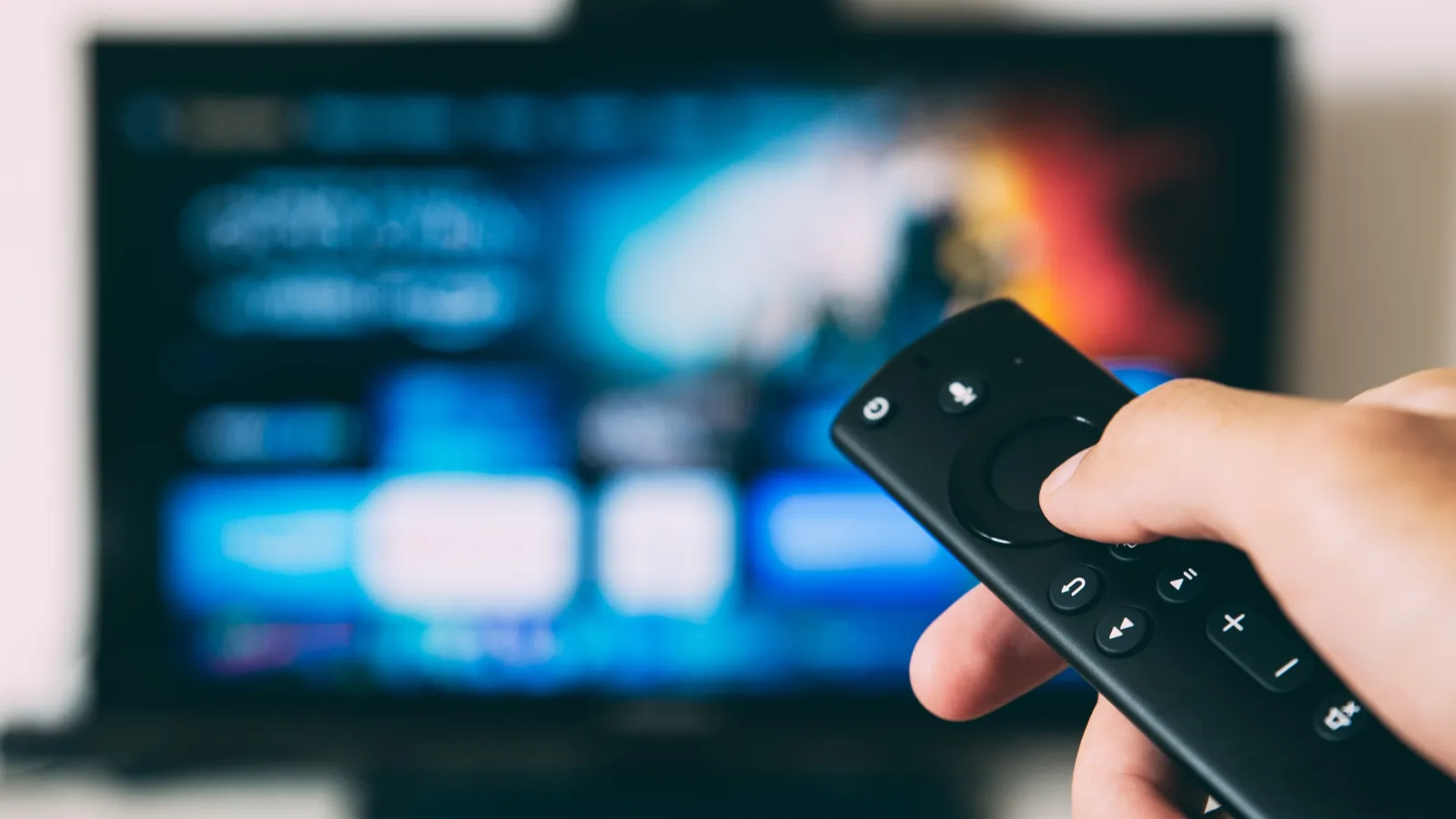
Putting Your Audience First - The Future of Advertising Is Now!
Discussions have begun between the NFL and television networks to renegotiate their terms and pricing for the sports programming TV rights. The NFL's initial offer included a 100% increase in pricing from their previous contract. Whether or not the networks will agree to the new deal is yet to be known. What we do know is that networks are already struggling to make a profit even at their current contract terms. Furthermore, the once lucrative DirecTV "NFL Sunday Ticket" will be sunsetting after the 2022 season. It is expected that the "Sunday Ticket" offering will shift to an all-access streaming platform such as Amazon, marketed directly by the NFL Network. Other networks will then need to decide how to position their multi-billion-dollar yearly investment between streaming and traditional media.
The NFL's current negotiations make good talking points on traditional versus streaming television because football programming is the most lucrative programming still heavily reliant on traditional media. What's even more fascinating is that in the next ten years, we will likely witness the inevitable and final switch from traditional media to streaming platforms as it happens.
So, when will we see the complete shift to streaming platforms? Much like the age-old question, "Which came first, the chicken or the egg?", the same could be asked, "Who will come first, the advertiser or the consumer?" In this case both seem to be flocking to streaming platforms at the same rate. The current smart ad strategy focuses on a combination of traditional and Connected Television (CTV). With the number of devices that people carry around, from watches (Elmo Jetson isn't so far-fetched now) to phones to tablets is there any wonder that streaming will eventually usurp traditional television?
According to a survey done by The Trade Desk, analytics and targeting are among the most important reasons that advertisers make the switch from traditional advertising. Traditional media requires an upfront fee with fewer analytics to back the value. CTV, on the other hand, allows a more fluid approach to spend, allowing advertisers to monitor and make decisions in real-time. The analytics are more robust than Nielsen could ever provide, let alone have access to. The agility of CTV advertising is another major reason that advertisers will continually flock to the medium, subsequently making streaming platforms the preferred medium. These reasons give marketing heads a big decision on how to spend their budgets. Since most people value their jobs, where would the ad placement make the most sense?
As the major networks grapple with multi-billion dollar decisions that will likely bridge the evolution from traditional television to a world of on-demand programming, we know that the marketing leaders and consumers who will determine this change are working together to expedite this reform. As David Cohen, CEO of IAB concludes, "Streaming is the future, and the future is now".